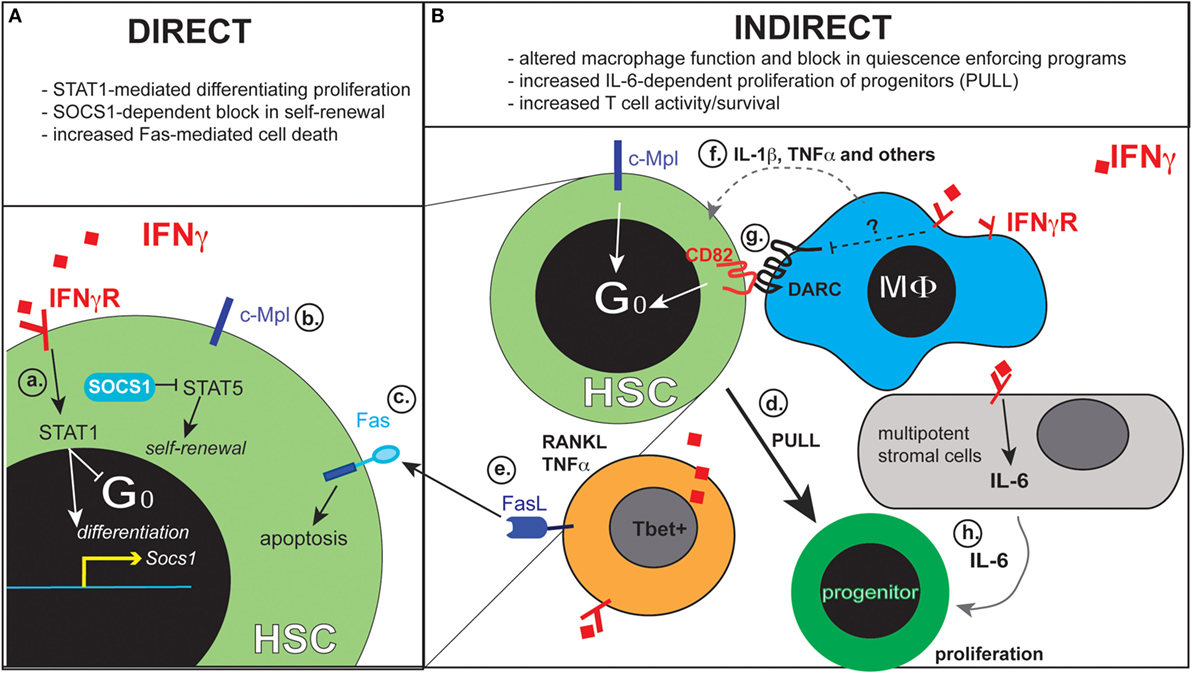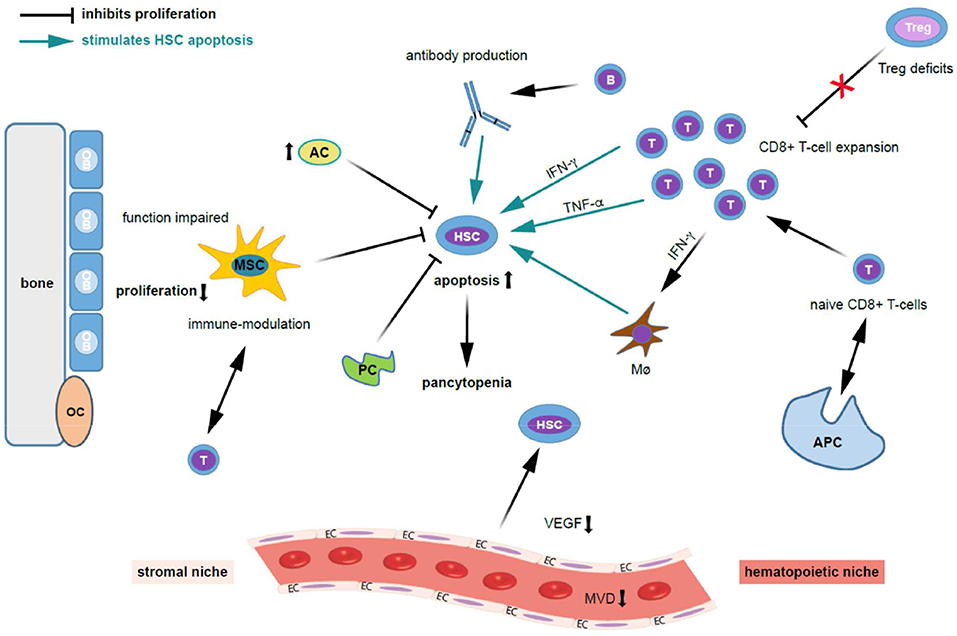Aplastic anemia, often abbreviated as AA, is a rare but serious medical condition that affects the bone marrow’s ability to produce blood cells. This disorder can lead to a variety of symptoms and complications, making it essential for individuals to understand its causes, risk factors, and treatment options. In this article, we will delve into the intricacies of aplastic anemia, explore its underlying causes, and discuss the available treatments to manage this condition effectively.

What is Aplastic Anemia?
Aplastic anemia occurs when the bone marrow fails to produce enough red blood cells, white blood cells, and platelets. The bone marrow, which is the spongy tissue inside bones, plays a crucial role in blood cell production. When it malfunctions, the body struggles to maintain adequate levels of these vital components, leading to a range of health issues.
Symptoms of Aplastic Anemia
- Fatigue and weakness due to a lack of red blood cells, which are responsible for carrying oxygen throughout the body.
- Frequent infections caused by a deficiency in white blood cells, which help fight off pathogens.
- Unexplained bruising or bleeding, such as nosebleeds or gum bleeding, resulting from insufficient platelets that aid in blood clotting.
- Pale skin, shortness of breath, and dizziness, all of which are linked to reduced oxygen delivery to tissues.
Causes of Aplastic Anemia
The exact cause of aplastic anemia is not always clear, but several factors have been identified as potential triggers for this condition. These include autoimmune disorders, exposure to toxins, certain medications, and genetic predispositions.
Autoimmune Disorders
In some cases, the immune system mistakenly attacks the bone marrow, impairing its ability to produce blood cells. This autoimmune response can occur without any apparent reason, leaving individuals vulnerable to aplastic anemia.
Toxins and Chemical Exposure
Prolonged exposure to harmful chemicals, such as benzene or pesticides, has been linked to the development of aplastic anemia. Individuals working in industries where these substances are prevalent, such as agriculture or manufacturing, may face an increased risk.
Medications and Treatments
Certain medications, including chemotherapy drugs and antibiotics, can damage the bone marrow over time. Radiation therapy, often used in cancer treatment, can also contribute to the onset of aplastic anemia by harming the bone marrow’s ability to function properly.
Genetic Factors
In rare instances, aplastic anemia may be inherited. Genetic mutations passed down through families can predispose individuals to bone marrow failure, making them more susceptible to the condition.
Risk Factors for Aplastic Anemia
While anyone can develop aplastic anemia, certain groups are at a higher risk due to specific factors. Understanding these risk factors can help individuals take preventive measures and seek early diagnosis if symptoms arise.
Age and Gender
Aplastic anemia is more commonly diagnosed in adolescents and young adults, although it can affect individuals of any age. Additionally, studies suggest that males may be slightly more prone to developing the condition than females.
Underlying Health Conditions
Individuals with pre-existing autoimmune diseases, such as lupus or rheumatoid arthritis, are at a higher risk of developing aplastic anemia. Similarly, those with viral infections like hepatitis or Epstein-Barr virus may experience complications that lead to bone marrow failure.
Environmental Exposures
Living or working in environments with high levels of industrial chemicals increases the likelihood of developing aplastic anemia. Proper safety measures and protective equipment can mitigate this risk to some extent.
Diagnosing Aplastic Anemia
Diagnosing aplastic anemia involves a combination of physical examinations, blood tests, and bone marrow biopsies. Early detection is critical to managing the condition effectively and preventing severe complications.
Blood Tests
Blood tests are the first step in diagnosing aplastic anemia. These tests measure the levels of red blood cells, white blood cells, and platelets in the bloodstream. Abnormally low counts in all three categories may indicate bone marrow dysfunction.
Bone Marrow Biopsy
A bone marrow biopsy involves extracting a small sample of bone marrow tissue, typically from the hipbone, to examine under a microscope. This procedure helps doctors determine whether the bone marrow is producing blood cells adequately and identify any abnormalities.
Treatment Options for Aplastic Anemia
Treatment for aplastic anemia depends on the severity of the condition, the patient’s age, and overall health. While there is no universal cure, several approaches can help manage symptoms and improve quality of life.
Blood Transfusions
Blood transfusions are a common treatment for individuals with severe aplastic anemia. By replenishing red blood cells and platelets, transfusions can alleviate symptoms such as fatigue and excessive bleeding. However, frequent transfusions may lead to complications, such as iron overload, requiring additional management strategies.
Immunosuppressive Therapy
For patients whose aplastic anemia is caused by an autoimmune response, immunosuppressive therapy may be recommended. This treatment involves medications that suppress the immune system, preventing it from attacking the bone marrow. While effective, this approach requires careful monitoring to avoid increasing the risk of infections.
Bone Marrow Transplantation
Bone marrow transplantation, also known as a stem cell transplant, is considered the most effective treatment for aplastic anemia in younger patients with suitable donors. This procedure replaces damaged bone marrow with healthy cells from a donor, restoring the body’s ability to produce blood cells. However, finding a compatible donor and managing post-transplant complications can be challenging.
Growth Factors
Growth factors are synthetic versions of proteins that stimulate the bone marrow to produce blood cells. These medications can be used alongside other treatments to enhance blood cell production and reduce reliance on transfusions.
Lifestyle Adjustments and Supportive Care
In addition to medical treatments, individuals with aplastic anemia can benefit from lifestyle adjustments and supportive care to manage their condition effectively.
Dietary Changes
A balanced diet rich in iron, vitamins, and minerals can support overall health and improve energy levels. Foods such as leafy greens, lean proteins, and whole grains are particularly beneficial for individuals with blood-related conditions.
Infection Prevention
Due to the increased risk of infections, individuals with aplastic anemia should take precautions to minimize exposure to pathogens. Regular handwashing, avoiding crowded places during flu season, and staying up-to-date with vaccinations are essential practices.
Emotional and Psychological Support
Living with a chronic condition like aplastic anemia can be emotionally taxing. Seeking support from mental health professionals, joining support groups, and connecting with others facing similar challenges can provide valuable emotional relief and encouragement.
Ongoing Research and Future Directions
Scientists and researchers continue to study aplastic anemia to better understand its causes and develop innovative treatments. Advances in gene therapy, immunology, and regenerative medicine hold promise for improving outcomes for individuals with this condition.
Gene Therapy
Gene therapy aims to correct genetic mutations responsible for bone marrow failure. While still in experimental stages, this approach has shown potential in addressing the root cause of inherited forms of aplastic anemia.
Regenerative Medicine
Regenerative medicine focuses on repairing or replacing damaged tissues, including bone marrow. Techniques such as stem cell engineering and tissue regeneration could revolutionize the treatment landscape for aplastic anemia in the future.





